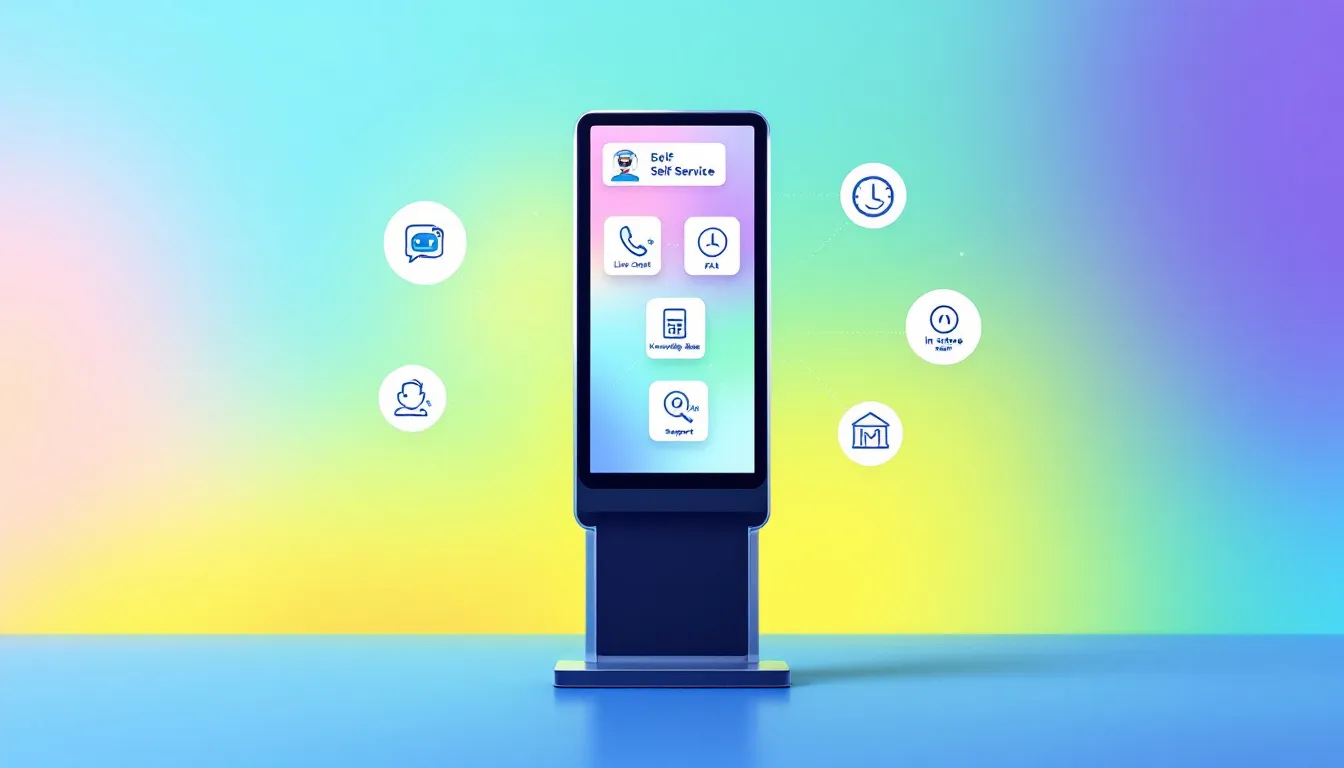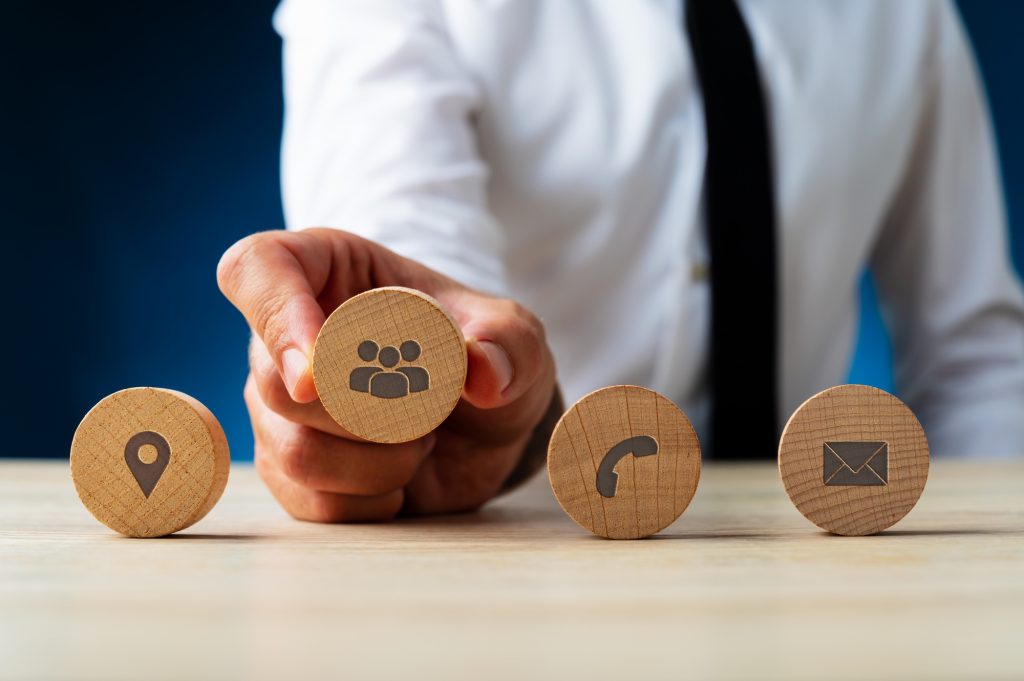Effective customer service is a key driver of business success, helping companies build trust, retain customers, and encourage repeat business. It improves satisfaction by resolving issues quickly, providing guidance, and creating a positive brand experience. Strong customer support can also differentiate a brand from competitors and foster long-term loyalty.
In this blog, we will explore the 15 types of customer service that businesses use today. From traditional in-person support to AI-powered chatbots, live chat, and community forums, we’ll break down each type’s key features, advantages, and challenges to help you understand how to deliver exceptional service across multiple channels.

Why Do You Need Different Types of Customer Service?
Not all customers have the same needs, and not all issues can be solved the same way. Some prefer instant answers through live chat or messaging apps, while others value detailed email explanations or in-person assistance. Offering multiple types of customer service ensures that every customer can reach your brand in the way that’s most convenient and effective for them.
Different types of customer service also help businesses operate efficiently and reduce pressure on support teams. Routine questions can be handled through self-service portals or AI chatbots, while complex issues get attention from skilled agents. By providing a variety of support channels, companies can improve customer satisfaction, build loyalty, and strengthen their reputation.

15 Types of Customer Service
Customer service isn’t one-size-fits-all. From picking up the phone to chatting with a bot or getting help in a store, businesses today have many ways to support their customers. Let’s explore 15 types of customer service and see how each works, where it shines, and what challenges it brings.
1. In-Person Customer Service
In-person service is one of the oldest and most trusted ways to assist customers. It relies on face-to-face interactions where staff can read body language and provide immediate help. This personal approach builds trust and creates memorable experiences.
- Key Feature: Direct interaction with staff for real-time assistance.
- Advantage: Builds strong relationships through personal connection.
- Challenge: Limited scalability and higher costs.
2. Phone Support
Phone support remains a reliable option for customers who need immediate solutions. It allows direct voice communication, making it ideal for urgent or complex issues. Despite the rise of digital tools, many people still prefer talking to a live agent.
- Key Feature: Real-time conversations with customer service agents.
- Advantage: Human voice conveys empathy and builds trust.
- Challenge: Long wait times frustrate customers.
3. Email Support
Email is an effective channel for handling inquiries that require detailed explanations. It provides a written record of communication, making it useful for both customers and businesses. This method is best for issues that don’t need instant answers.
- Key Feature: Written correspondence with clear documentation.
- Advantage: Suitable for complex issues that require detail.
- Challenge: Slower response times compared to live support.
4. Live Chat Support
Live chat gives customers quick answers while they browse a website or app. It helps reduce wait times and keeps customers engaged during online experiences. Many businesses use it to improve customer satisfaction and conversion rates.
- Key Feature: Real-time text messaging within websites or apps.
- Advantage: Provides instant support without disrupting browsing.
- Challenge: Text-only interaction can limit clarity for complex issues.
5. Chatbots and AI-Powered Support
AI chatbots are designed to handle repetitive customer questions quickly. They operate 24/7, providing consistent support without human intervention. This makes them cost-efficient while freeing human agents for more advanced inquiries.
- Key Feature: Automated responses powered by AI.
- Advantage: Offers instant assistance at any time.
- Challenge: Struggles with complex or emotional customer needs.
6. Self-Service Portals
Self-service options allow customers to solve issues on their own. These often include FAQs, knowledge bases, tutorials, and community resources. Many customers prefer this method because it gives them control and saves time.
- Key Feature: Online resources like FAQs and guides.
- Advantage: Customers resolve issues quickly without waiting.
- Challenge: Content requires constant updates to stay effective.
7. Social Media Customer Service
Social media has become a critical channel for brands to engage with customers. It enables public or private communication through posts, comments, and messages. Quick responses here help maintain a positive reputation and customer trust.
- Key Feature: Customer interaction on platforms like Facebook or X.
- Advantage: Boosts visibility and strengthens community engagement.
- Challenge: Mistakes or delays are publicly visible.
8. Messaging Apps Support
Messaging apps like WhatsApp and Messenger offer direct and personal communication. They allow customers to reach businesses as easily as chatting with friends. This method creates an ongoing conversation that feels familiar and convenient.
- Key Feature: Customer service via popular mobile messaging apps.
- Advantage: Enables seamless, ongoing communication.
- Challenge: Customers expect fast responses at all times.
9. Video Support
Video support adds a personal and visual touch to customer service. It is useful for technical issues, consultations, and demonstrations. By using video, businesses can create stronger relationships and clearer explanations.
- Key Feature: Real-time customer support through video calls.
- Advantage: Provides visual guidance for complex problems.
- Challenge: Requires stable internet and more resources.
10. Community Forums
Community forums give customers a place to share solutions and experiences. They encourage collaboration and peer-to-peer learning while building a sense of community around a brand. Platforms like Reddit and Quora are popular spaces where users exchange advice, and businesses can step in to provide guidance or official responses.
- Key Feature: Peer-to-peer discussions moderated by staff or hosted on platforms like Reddit and Quora.
- Advantage: Encourages collaboration, reduces support workload, and builds loyalty.
- Challenge: Risk of misinformation without proper moderation.
11. Proactive Customer Service
Proactive service focuses on anticipating customer needs before problems occur. Companies reach out with updates, reminders, or solutions in advance. This approach builds trust and improves customer loyalty.
- Key Feature: Outreach through alerts, follow-ups, or updates.
- Advantage: Prevents issues and improves customer experience.
- Challenge: Too many messages can feel intrusive.
12. On-Site or Field Service
On-site support involves sending staff or technicians directly to the customer. It’s essential for industries where physical service is required, such as telecom or equipment repair. This approach ensures hands-on solutions and personalized care.
- Key Feature: Direct service visits to customer locations.
- Advantage: Provides practical, hands-on problem-solving.
- Challenge: Costly and time-consuming to scale.
13. Multilingual Customer Service
Multilingual support ensures customers can communicate in their preferred language. This is vital for businesses that operate in global markets. It improves accessibility and reduces miscommunication.
- Key Feature: Service offered in multiple languages.
- Advantage: Builds trust with diverse customer groups.
- Challenge: Requires specialized staff or translation tools.
14. Outsourced Customer Service
Outsourcing allows companies to delegate customer support to third-party providers. It helps businesses expand coverage while saving time and costs. This model is widely used for 24/7 service availability.
- Key Feature: External providers manage customer interactions.
- Advantage: Cost-efficient with trained professionals available.
- Challenge: May lack deep brand knowledge and consistency.
15. Tiered Customer Service
Tiered service organizes customer support by levels of complexity. Basic issues are handled first, while advanced concerns are escalated to specialists. This structure ensures resources are used efficiently.
Challenge: Customers may get frustrated with multiple transfers.
Key Feature: Issues are categorized into different support levels.
Advantage: Experts focus on the most complex problems.

Customer Service Trends: AI-Powered Support and Predictive Models
The customer service landscape is changing fast, and new trends are reshaping how businesses interact with customers. Two key trends in types of customer service are AI-powered support and predictive models.
AI-powered support uses artificial intelligence to provide faster, more personalized help. It can handle routine tasks, allow human agents to focus on complex issues, and offer 24/7 support to improve response times.
Predictive models use data to anticipate customer needs and potential problems. They help businesses address issues before they happen, reduce complaints, and make smarter decisions to improve overall customer service.
Qualities of a Good Customer Service Representative
Essential Skills and Training
A good customer service representative is essential for providing excellent customer service. They must possess a range of skills and qualities that enable them to effectively communicate with customers, resolve issues, and provide support. Some of the essential skills and qualities of a good customer service representative include:
- Excellent communication skills: The ability to communicate clearly, concisely, and effectively with customers is critical for providing good customer service.
- Active listening skills: Customer service representatives must be able to listen actively to customers, understand their concerns, and respond appropriately.
- Problem-solving skills: Good customer service representatives must be able to think critically and come up with creative solutions to customer problems.
- Empathy and patience: Customer service representatives must be able to empathize with customers, understand their frustrations, and remain patient and calm under pressure.
- Product knowledge: Customer service representatives must have a deep understanding of the products or services they are supporting, enabling them to provide accurate and helpful information to customers.
- Adaptability: Good customer service representatives must be able to adapt to changing situations, priorities, and customer needs.
In terms of training, customer service representatives should receive comprehensive training on the products or services they are supporting, as well as on customer service skills and techniques. They should also receive ongoing training and coaching to help them develop their skills and stay up-to-date with the latest trends and best practices in customer service.

How to Choose the Right Customer Service Method
Choosing the right customer service method is essential for delivering exceptional experiences and building customer loyalty. By considering customer preferences, available resources, budget, and the complexity of issues, businesses can create a strategy that meets diverse needs. Offering multiple support channels ensures every customer receives the help they need in the way that works best for them.
1. Know Your Customers’ Preferences
Find out how your customers like to get help. Use surveys, forms, or follow-ups to learn their needs. Offer channels like phone, email, chat, or social media so customers can choose what works best.
2. Train Your Staff Well
Teach your team strong communication and empathy skills. Good training helps staff handle issues clearly and professionally. Well-prepared employees give consistent and effective support.
3. Check Your Resources and Budget
Look at your available tools, staff, and budget before choosing service methods. Pick options that are cost-effective but still meet customer needs. Scalable tools and efficient workflows make it easier to grow later.
4. Match Channels to Issue Complexity
Use simple solutions like chatbots for easy questions and more personal support like phone or in-person help for complex problems. This saves time and avoids customer frustration.
5. Track Performance and Get Feedback
Monitor response times, resolution rates, and satisfaction scores to see what works. Ask customers for feedback to improve your service. Adjust channels and methods as needed to meet changing needs.
Take Your Customer Support to the Next Level
The best customer service strategy combines different types of customer service to meet customer needs effectively. By leveraging both personal and automated support, businesses can deliver exceptional experiences, build loyalty, and strengthen relationships with their customers. Flexibility, scalability, and responsiveness across these different service types are key to staying ahead.
For businesses looking to take their customer service to the next level, consider exploring customer experience outsourcing. Expert solutions and support can help implement the right mix of service methods, ensuring every customer interaction is handled efficiently and professionally.







